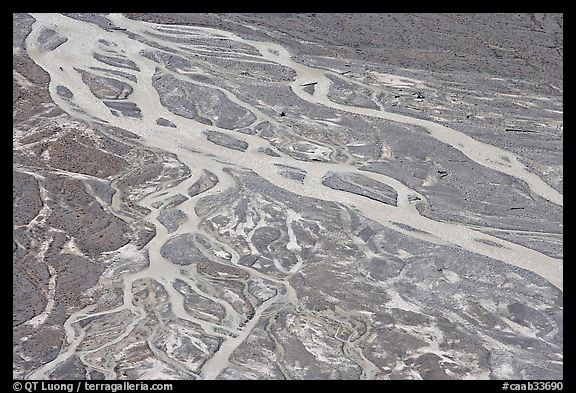Page 22 of 25
Re: Water Quality B/C
Posted: Thu Apr 25, 2013 3:35 am
by Cjkowalcz
Sorry, I don't know. Anyways, I have this event soon and I'm excited!
Re: Water Quality B/C
Posted: Thu Apr 25, 2013 3:03 pm
by FueL
honeybunchesofoats wrote:Does a river's velocity generally increase as one travels towards the river's mouth?
No, it decreases. The velocity is highest and the channel narrowest at the headwaters.
Re: Water Quality B/C
Posted: Thu Apr 25, 2013 10:25 pm
by mnstrviola
Yeah, check last year's dynamic planet wiki for more info on
Stream Profile.
Re: Water Quality B/C
Posted: Sat Apr 27, 2013 8:27 am
by honeybunchesofoats
Okay. Thanks (:
EDIT: I just took a little review test for the physical portion of this event (so basically stuff on rivers) and when I checked it, the answer key said that the velocity increases as one proceeds downstream in a river. The test came from a textbook, so it should be pretty reliable...
Re: Water Quality B/C
Posted: Sat Apr 27, 2013 11:52 am
by moonflower
Hey, do you know where I can get some good info on nuisance species? I know this wiki provides some information, but it doesn't have as much as I would like...
Re: Water Quality B/C
Posted: Sat Apr 27, 2013 12:27 pm
by mnstrviola
honeybunchesofoats wrote:Okay. Thanks (:
EDIT: I just took a little review test for the physical portion of this event (so basically stuff on rivers) and when I checked it, the answer key said that the velocity increases as one proceeds downstream in a river. The test came from a textbook, so it should be pretty reliable...
No, the velocity is definitely higher upstream, where there can be rapids and waterfalls. The fast-flowing water is able to pick up a lot of sediment. As you get downstream, it can no longer hang on to all the debris, so some of it is deposited. Downstream, there are lots of meanders and sediment deposits, which can form braided streams.

When you think about it, usually stream-eroded land near the ocean is flat, and in mountainous areas there is more of a slope.
I recommend looking at this website.
@Moonflower, I would just google each nuance species individually, there are only 5 (6?) anyway. Remember to look for how they were introduced, why they are a threat, and where they came from,
Re: Water Quality B/C
Posted: Sat Apr 27, 2013 2:04 pm
by caseyotis
moonflower wrote:Hey, do you know where I can get some good info on nuisance species? I know this wiki provides some information, but it doesn't have as much as I would like...
The only information that you really need: Range, introduction, how it is a threat to humans, how it is a threat to ecosystem(s), and of course, what it looks like! They look very different, though, especially the three animals.

Re: Water Quality B/C
Posted: Mon Apr 29, 2013 5:08 am
by crabnebula143
Did anyone take the PA States C division test?
What did you think of the bugs/ what were they? I think I ended up putting mayfly for two of the bugs and I wasn't sure if one was a dragonfly or a damselfly (it had the dragonfly eyes but it was really small....)
Re: Water Quality B/C
Posted: Mon Apr 29, 2013 7:19 am
by moonflower
crabnebula143 wrote:Did anyone take the PA States C division test?
What did you think of the bugs/ what were they? I think I ended up putting mayfly for two of the bugs and I wasn't sure if one was a dragonfly or a damselfly (it had the dragonfly eyes but it was really small....)
Hey, I did not take the test, however I do think I can help you. Mayfly nymphs and damselfly nymphs look similar in the fact that they both of 3 tails. However, a mayfly's tail is not considered a "true tail" and looks more wispy than the tails of a dragonfly. Also, you can look at their leg alignment. The way you can tell dragonflies and damselflies apart is by the thickness of it's body and the way their wings rest. Hope that helps :]
Re: Water Quality B/C river velocity
Posted: Mon Apr 29, 2013 10:11 am
by nmsciencemom
to monstrviola --- the very website you point to has a figure where it points to the lower part of the stream and it says the greater velocity is there. It is not the very end of the river where it becomes a delta, so maybe this is the difference. However, it does say it is the lower river that has the higher velocity than the upper reaches.
